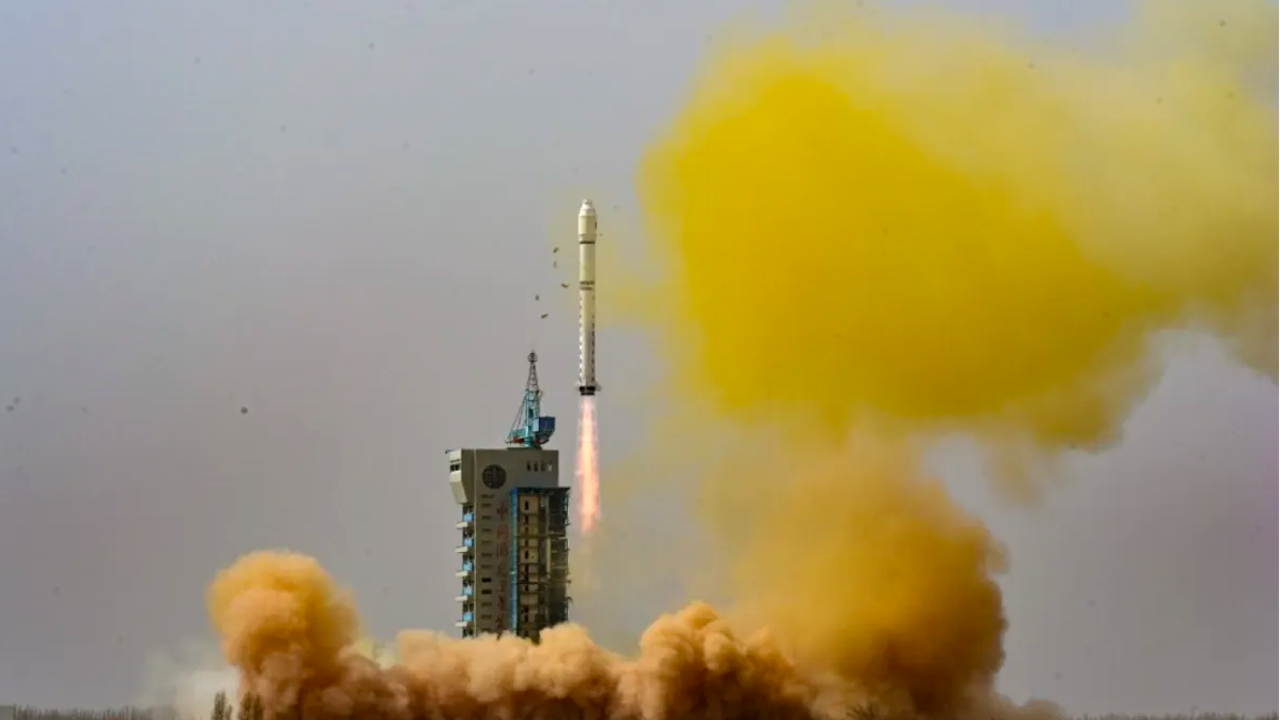China launches 3rd group of Yunhai-2 satellites for observation
China launches third set of Yunhai-2 satellites for monitoring atmospheric and space conditions

China has launched the third group of Yunhai-2 satellites used for atmospheric and space environment observations.
According to local Chinese news agencies, the Yunhai-2 03 satellites were launched from the Taiyuan Satellite Launch Center in northern Shanxi province using the "Long March 6" rocket.
The satellites, reported to have successfully placed into their planned orbits after launch, will be utilized for observations of the atmosphere, sea environment, and space environment.
This launch marked the 514th successful mission conducted with the Long March rockets.
The first group of "Yunhai-2" satellites was launched in 2018, and the second group was launched on March 21.

The first Yunhai-2 satellites were inserted into initial curricular orbits, with three at 520 kilometers (323.11 miles) and another three at 1,095 kilometers. However, all six are now in roughly circular 800-kilometer orbits, which they either raised or lowered significantly in mid-2019.
Chinese, Western media differ on potential uses
While the satellites, developed by the Shanghai Academy of Spaceflight Technology (SAST), are stated to be for scientific research and disaster prevention, some Western experts allege that they will be used for military meteorological forecasting.
According to Chinese state media, these satellites are described only briefly as being used mainly for atmospheric environment detection, space environment monitoring, disaster prevention and reduction, and scientific experiments.
Some Western analysts, however, assess the Yunhai series as military meteorological satellites. They are believed to use the Global Navigation Satellite System (GNSS) Radio Occultation (GNSS-RO) to collect atmospheric data. GNSS-RO detects changes to GNSS signals as they pass through Earth’s atmosphere and ionosphere, providing data useful for weather forecasting, atmospheric processes, ionospheric research, and other areas.
Source: Newsroom











